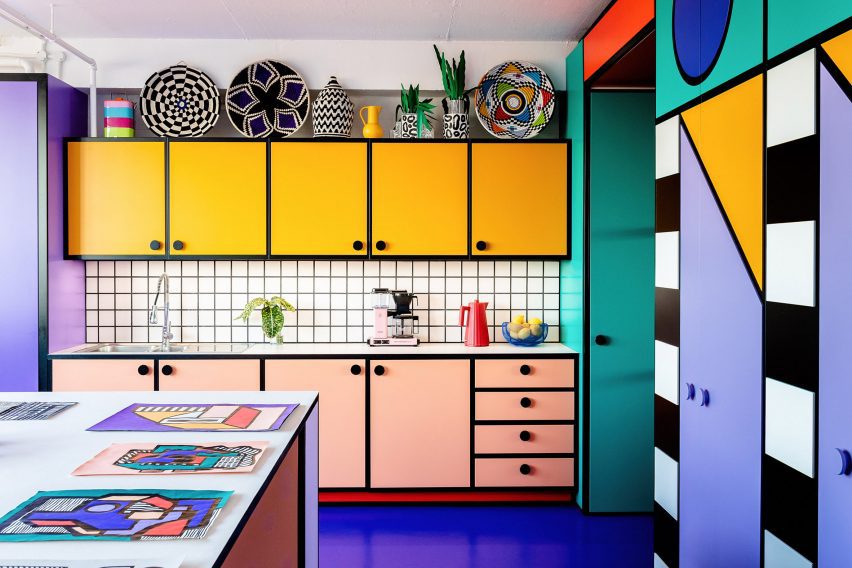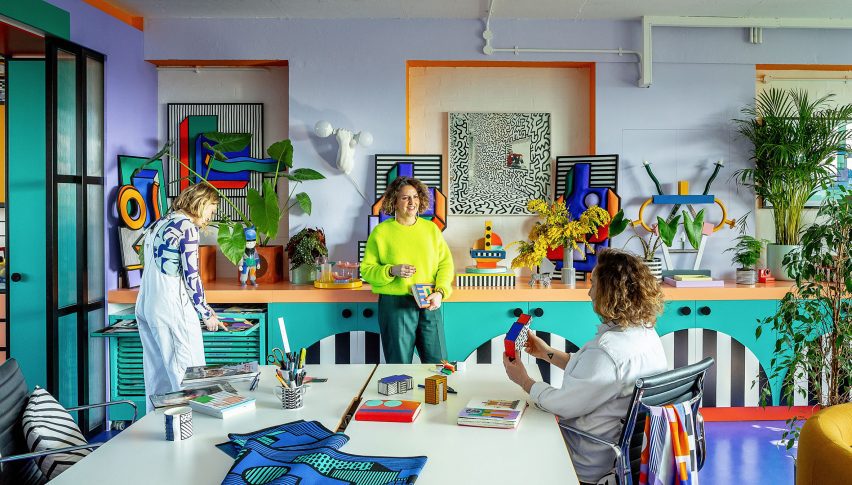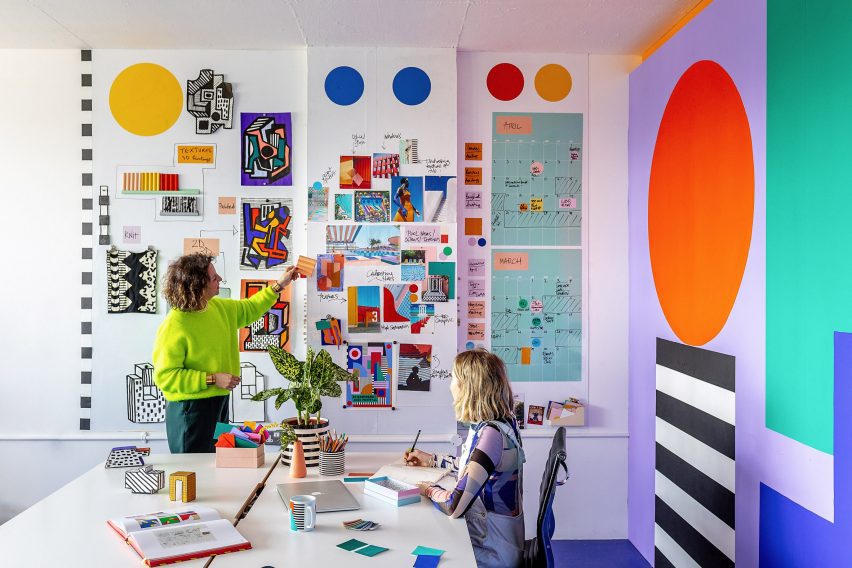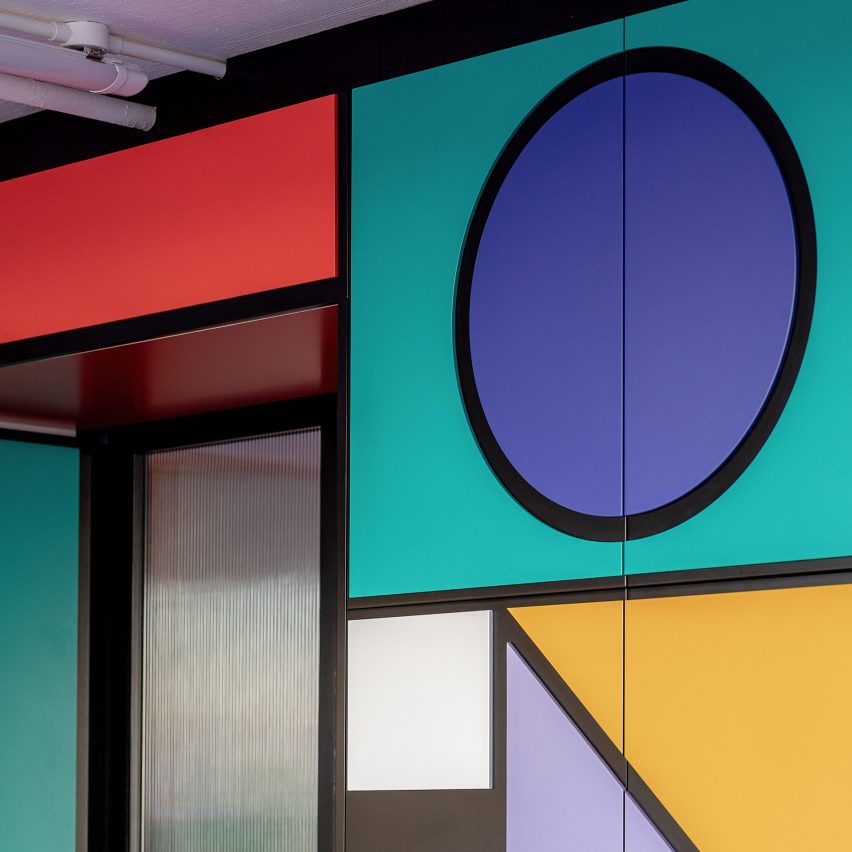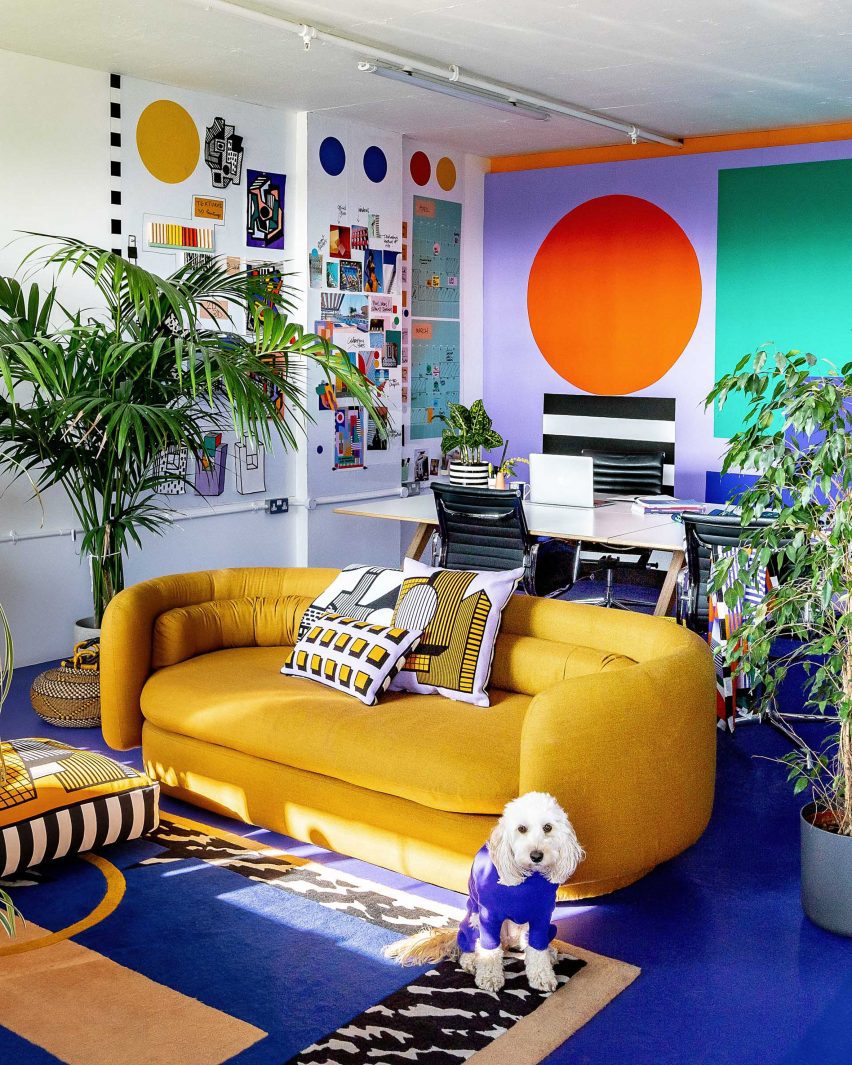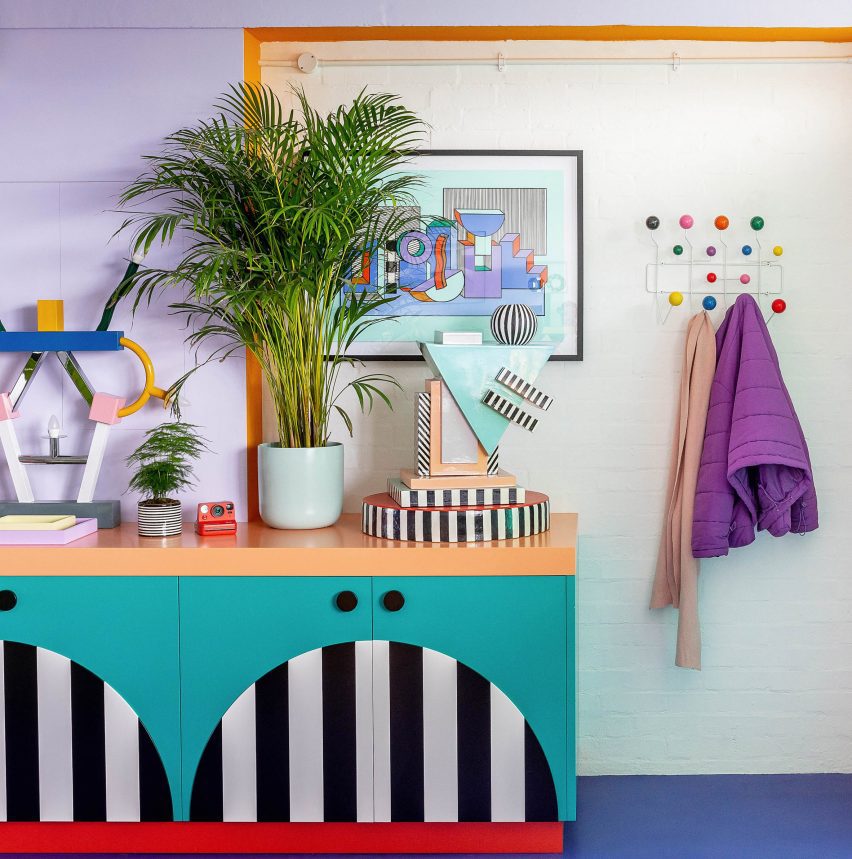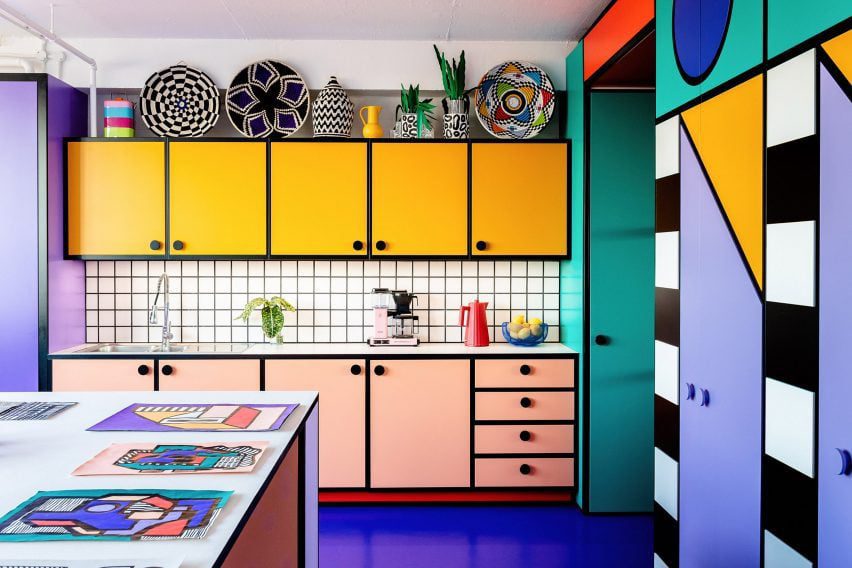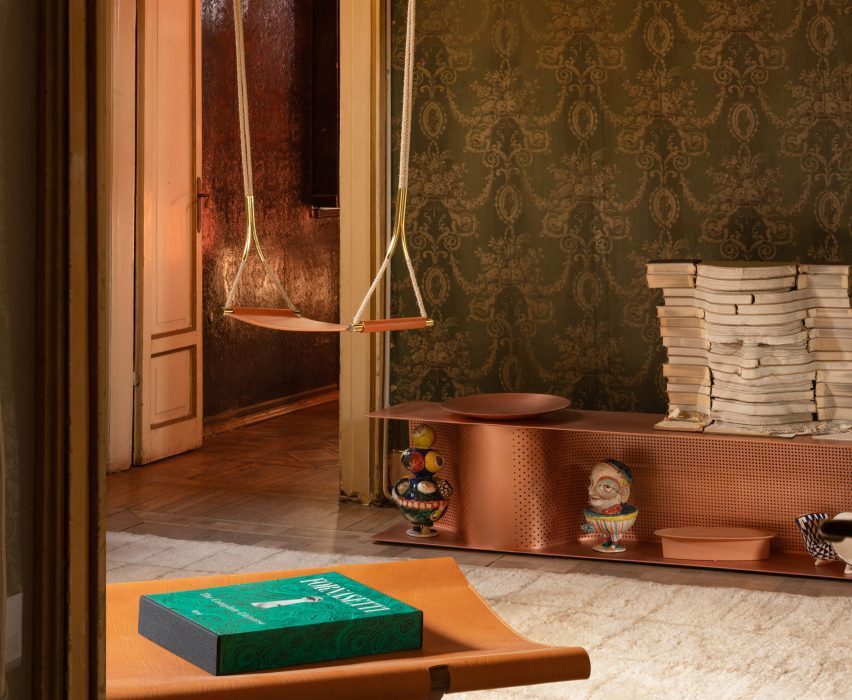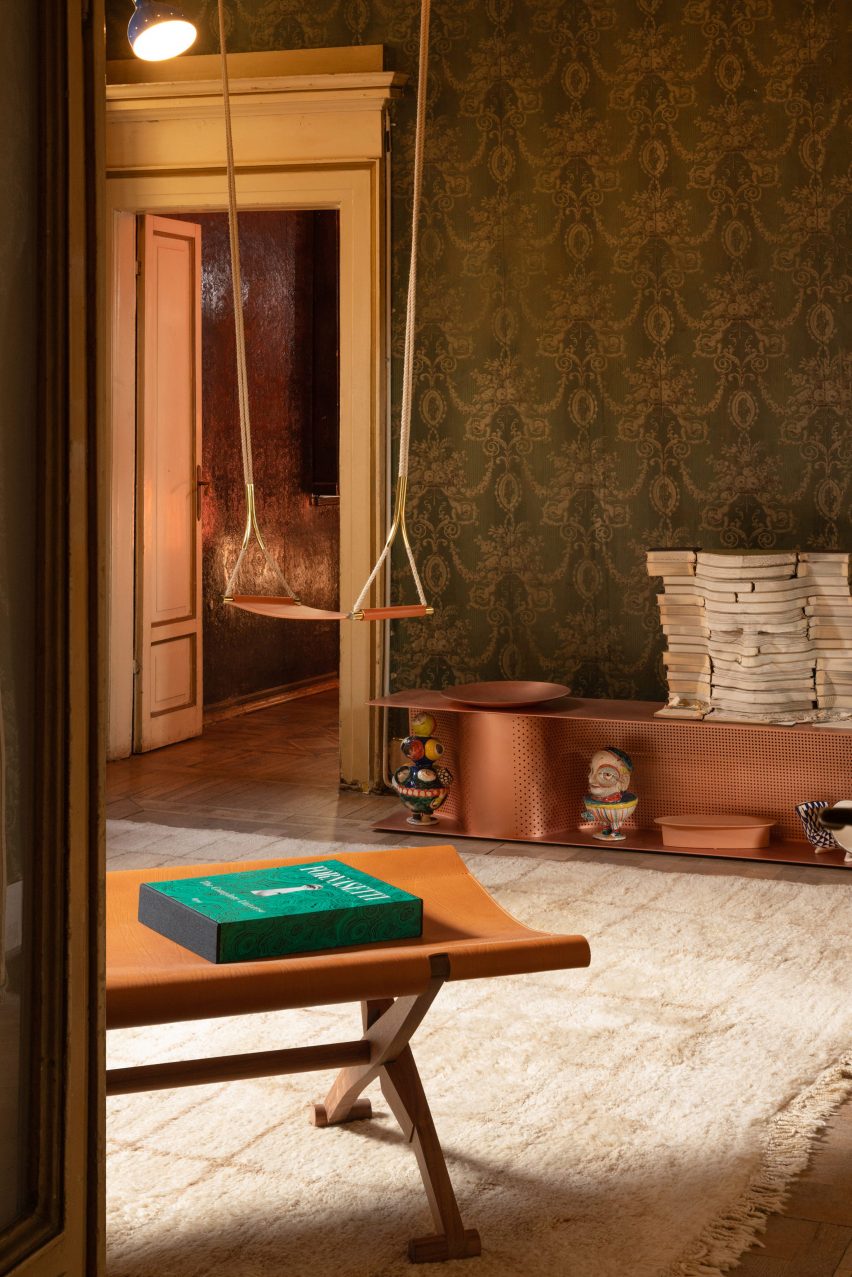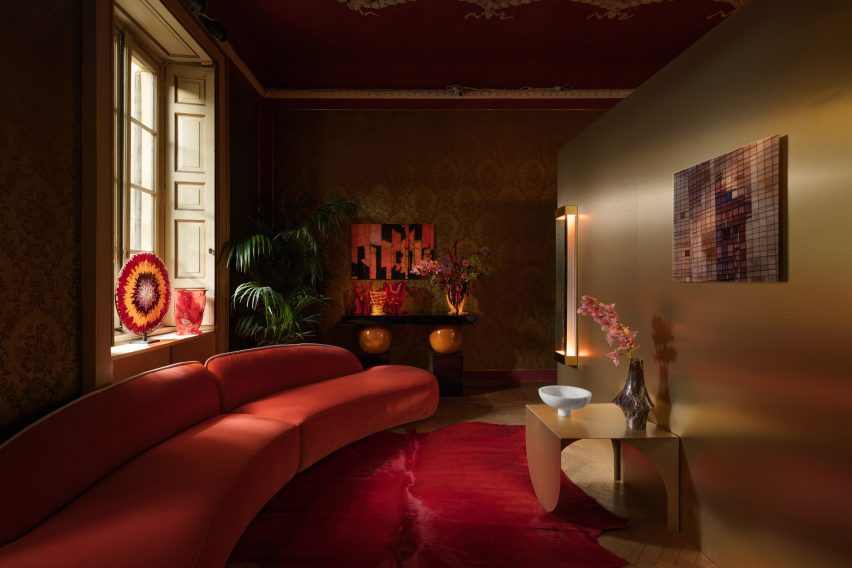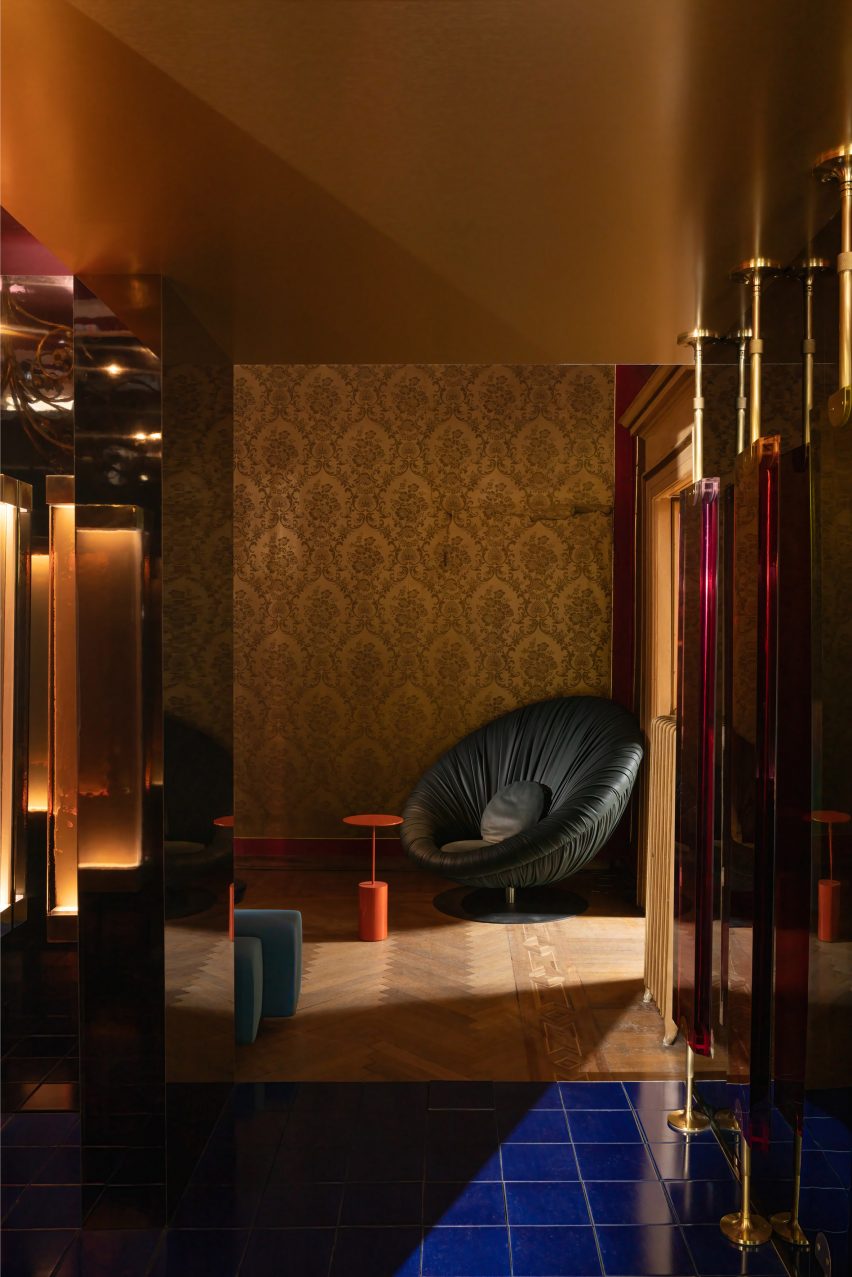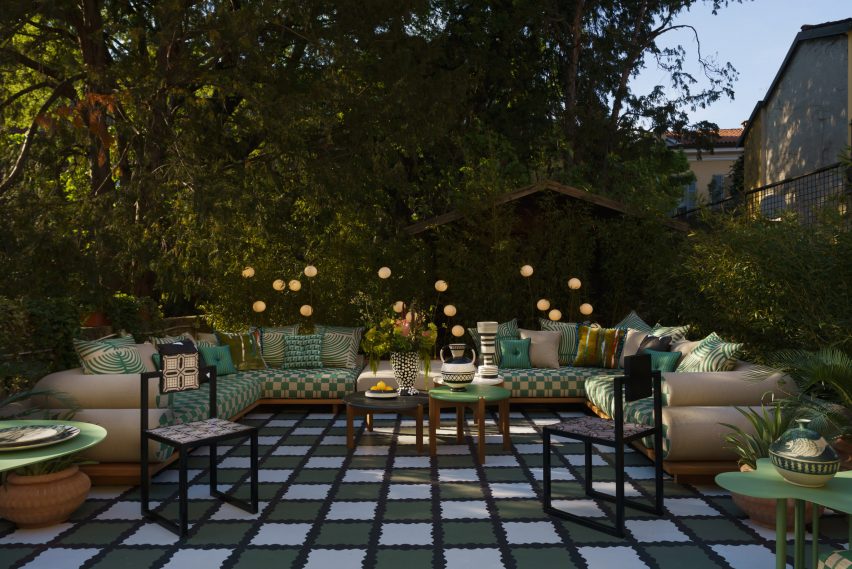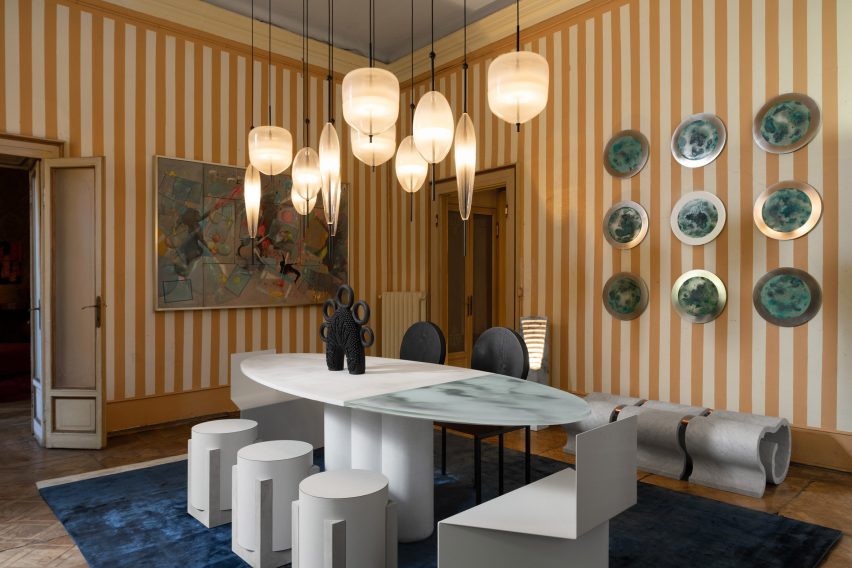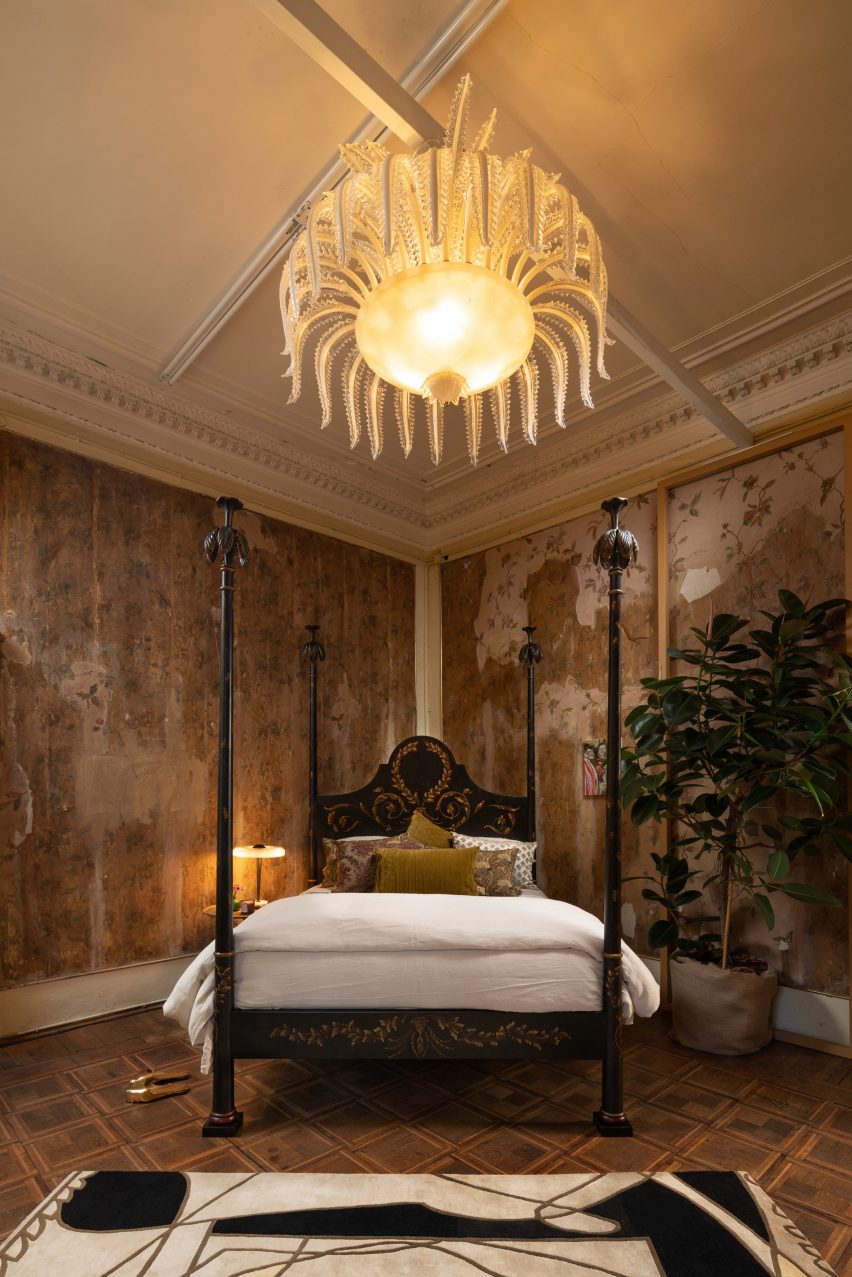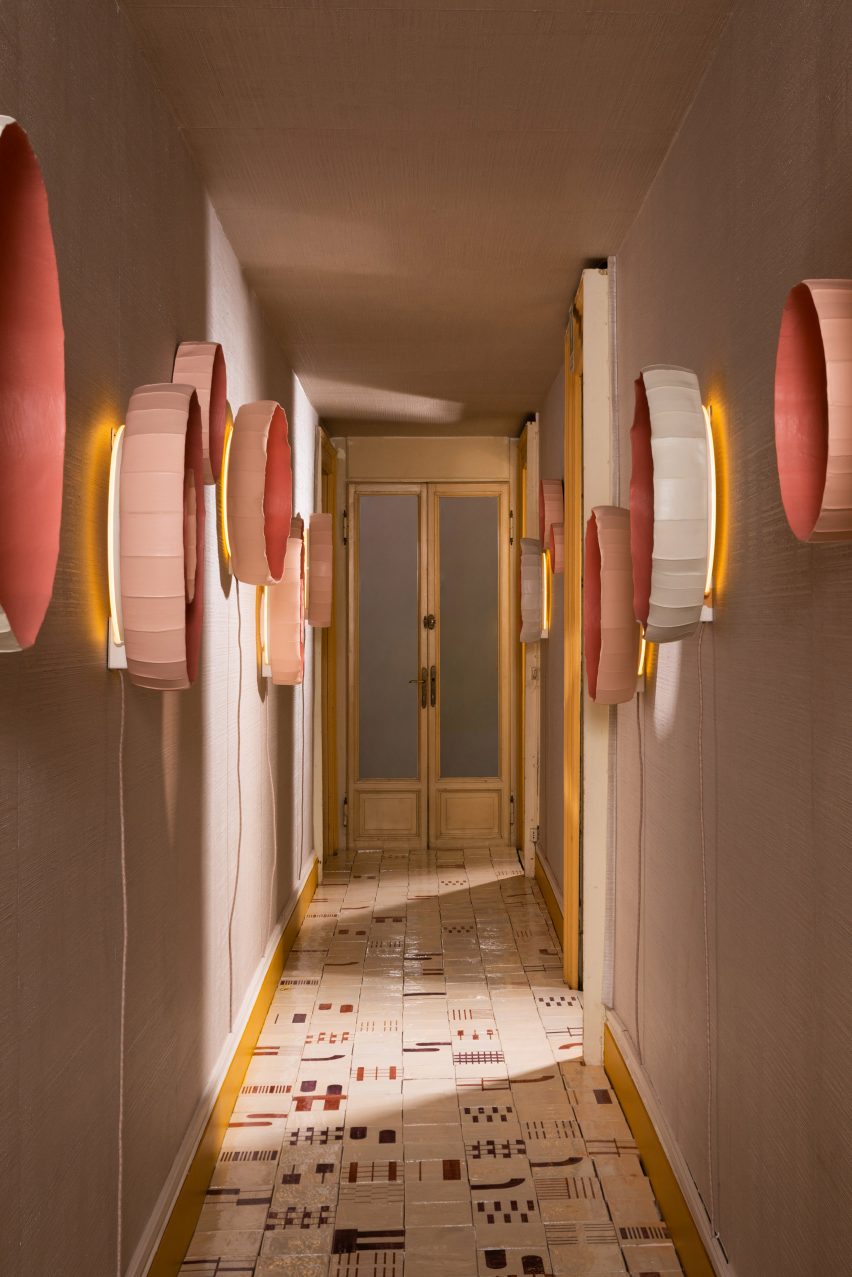Browse the Architizer Jobs Board and apply for architecture and design positions at some of the world’s best firms. Click here to sign up for our Jobs Newsletter.
Oscar Wilde famously wrote, “We are all in the gutter, but some of us are looking at the stars.” Since the beginning of time, human beings have been fascinated by outer space — the stars, the sun, the moon and everything else in between. For tens of thousands of years, scientists, philosophers, innovators and billions of others have collectively and continuously craned their necks with curiosity and ambition to understand the existence beyond ours that surrounds us.
Space has always invoked an enormous sense of fascination for us mere planet dwellers, and despite the renewed ambition after nearly 50 years to return to our moon’s surface, many architects have channeled their lunar fascinations a little closer to home. The following eight architectural beauties might not hold up under the unrelenting and harsh conditions of space habitation, but they would certainly look the part.
Self-Assembly Geodesic Domes
By FDome, Poland
Popular Choice Winner, 9th Annual A+Awards, Architecture +Small Living
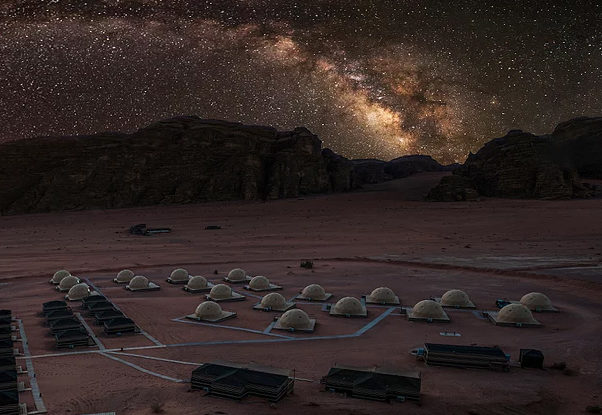
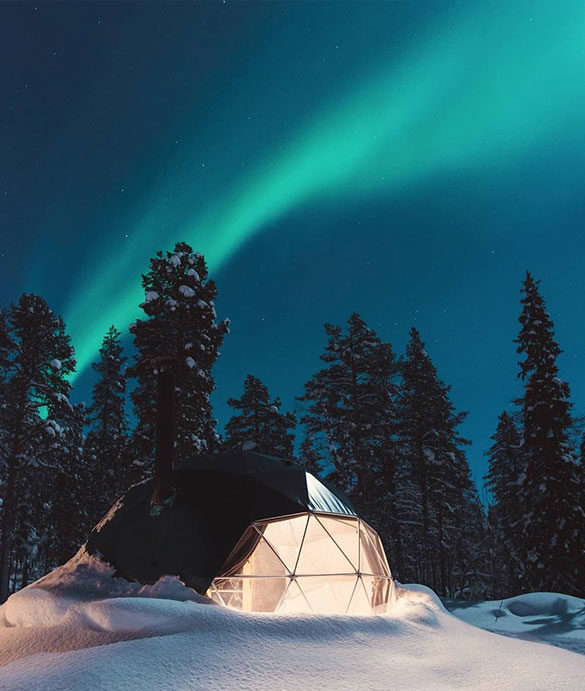
Self-Assembly Geodesic Domes by FDome, Poland Photographs by Steven D’Avignon
Domes have far and away been the structural representation of choice when film directors depict our eventual habitation of other planets, and Poland-based FDomes self-assembly Geodesic Glamping domes show us how cozy such a home could be. Versatile and portable, the tented structures blend perfectly into the surrounding landscape and boast spacious interiors. Fully-fitted bathrooms, kitchenettes and a functional loft bed, with an option to connect one or more domes, mean that while these domes might not be suitable for space habitation, they’d be an excellent addition to the back garden.
Residential House in Kaunas
By Architectural bureau G.Natkevicius and partners, Kaunas, Lithuania
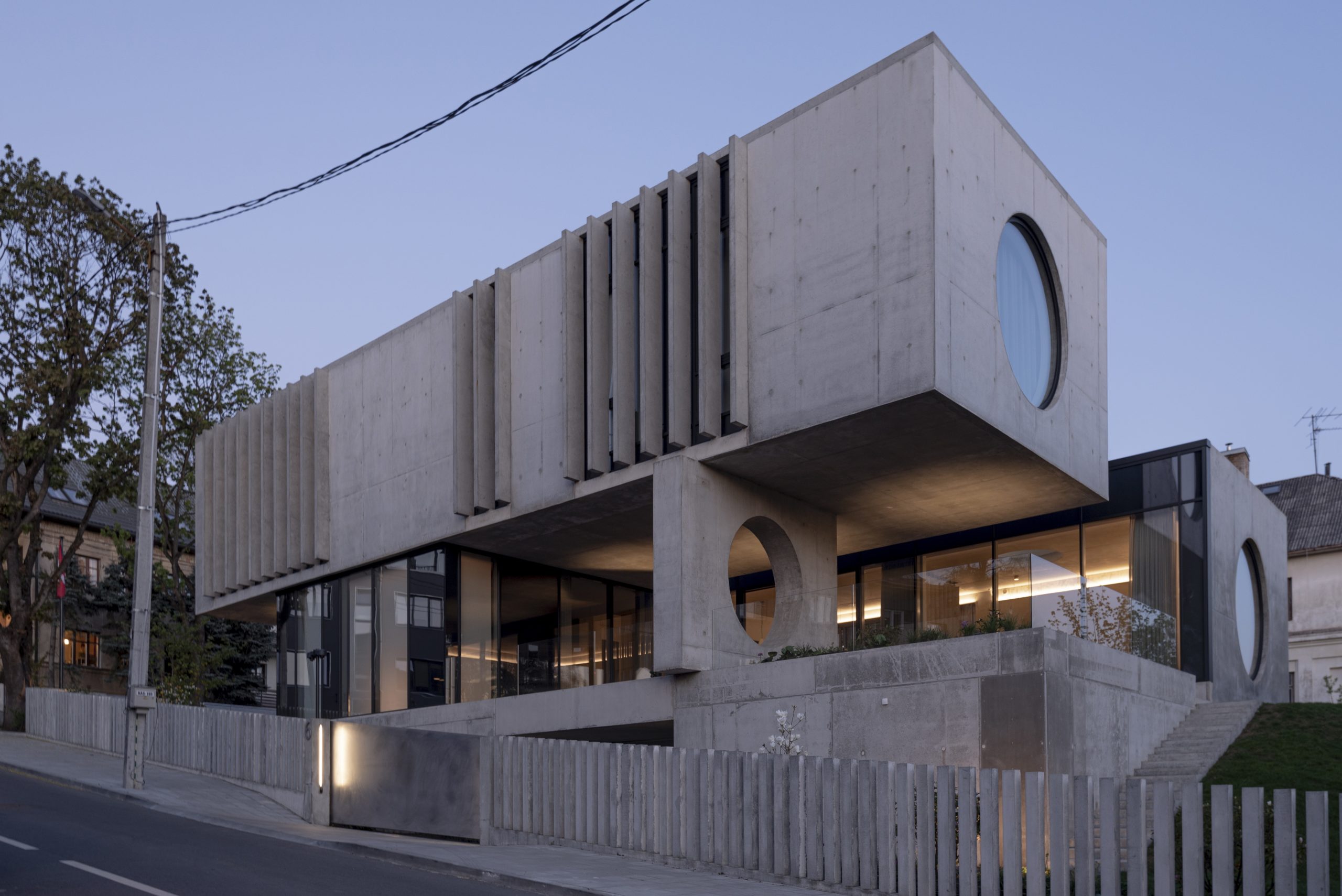
Unless I’ve missed something vitally important, I think we can all agree that wherever the planet that humankind eventually relocates to, trees and timber could be challenging to come by. It’s therefore easy to imagine that stone and concrete-like conglomerates will more likely be available and, therefore, favored in such an environment.
With a distinct familiarity with Kisho Kurokawa’s Metabolist Icon this two-story family home in Kaunas is a modernist dream, circular windows included. The reinforced concrete structure is robust and industrial in design yet retains a pure form, while its unfussy facade and muted pallet inside and out give a sense that the monolithic building would be right at home on the surface of Luna.
Casa de los Milagros (House of Miracles)
By Naser Nader Ibrahim, Coatepec, Mexico
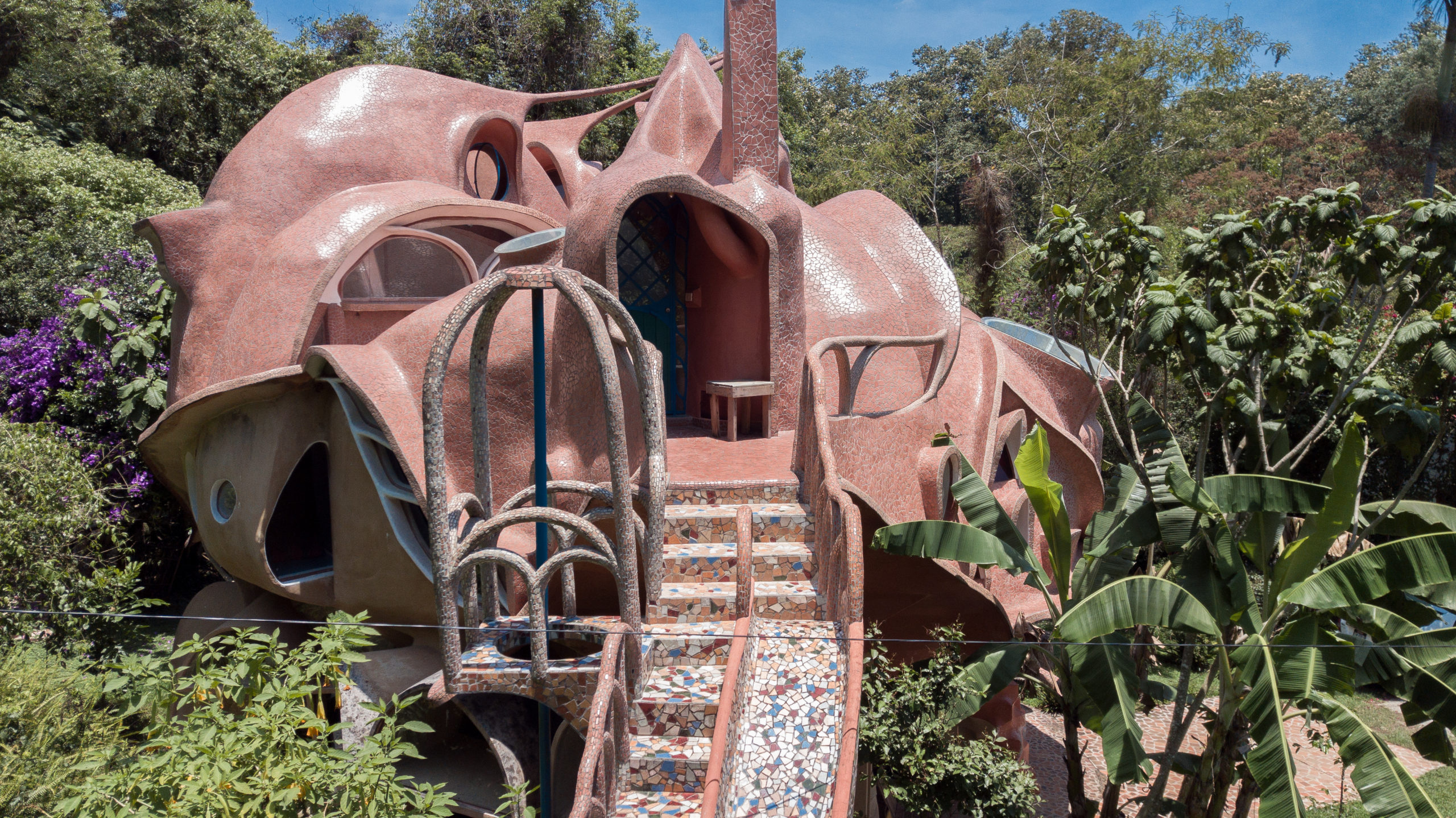
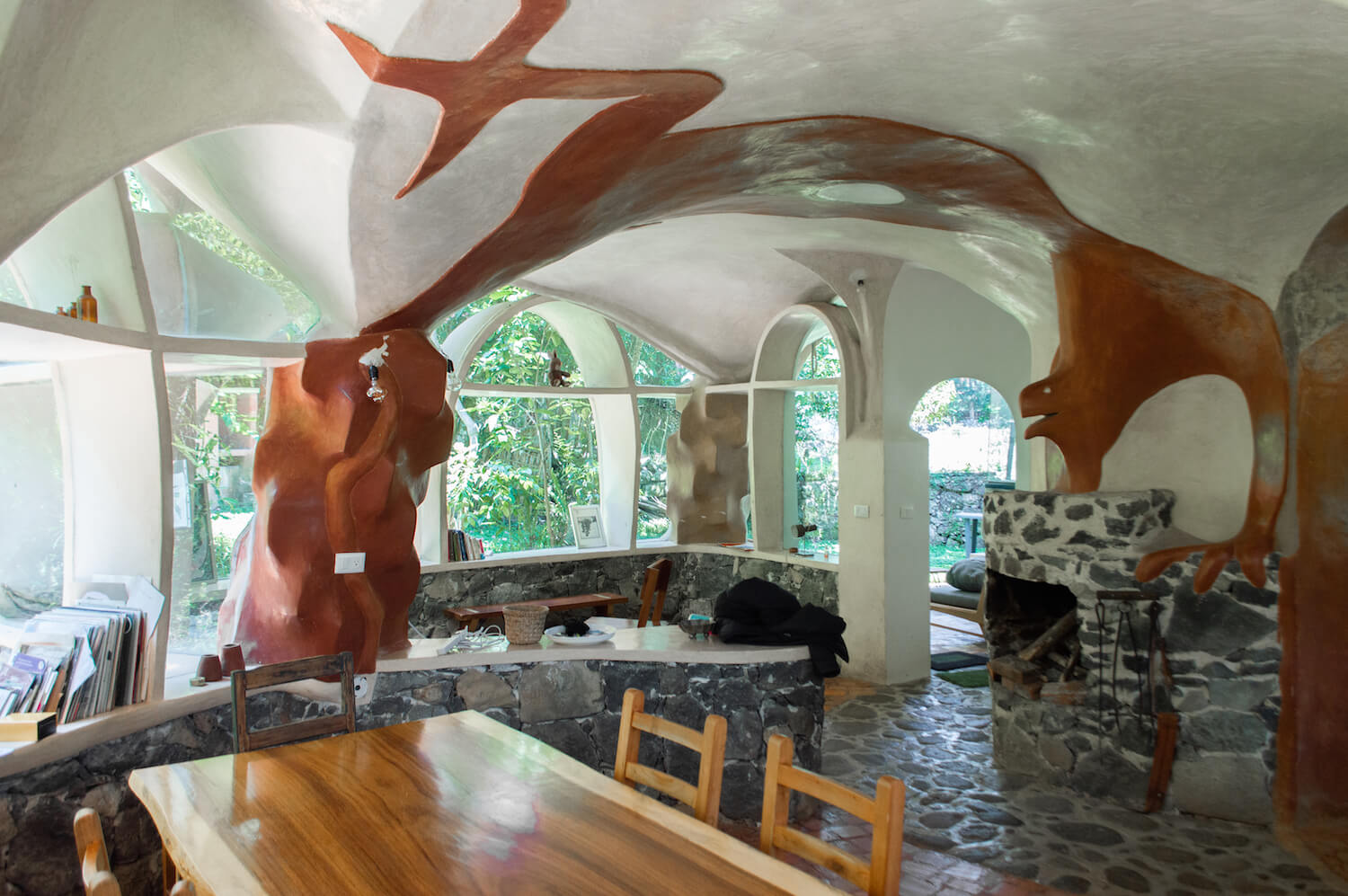
Casa de los Milagros (House of Miracles) By Danilo Veras Godoy, Coatepec, Mexico Photographys by Naser Nader Ibrahim
Casa de los Milagros (House of Miracles) has, according to the owner of the unique dwelling, been referred to as a mushroom, an octopus, a bat cave, a flower, a snail shell, and even a meringue. The bizarre shape gives the building an organic yet otherworldly appearance.
Built in stages and without a traditional blueprint, the low-cost family home is the product of long conversations between owner and architect alongside a build-as-you-go strategy. “What are your wildest dreams?” was the starting point, and answers involved slides, fire station poles, a salamander-like creature creeping toward the fireplace on the ceiling, wombs with a view, meaning elevated nest-like sleeping quarters with windows for stargazing at night and sun-greeting in the morning and on a more traditional note — a light-filled kitchen.
Niki-H
By Seisho Takashi Architect’s Studio, Hokkaido, Japan
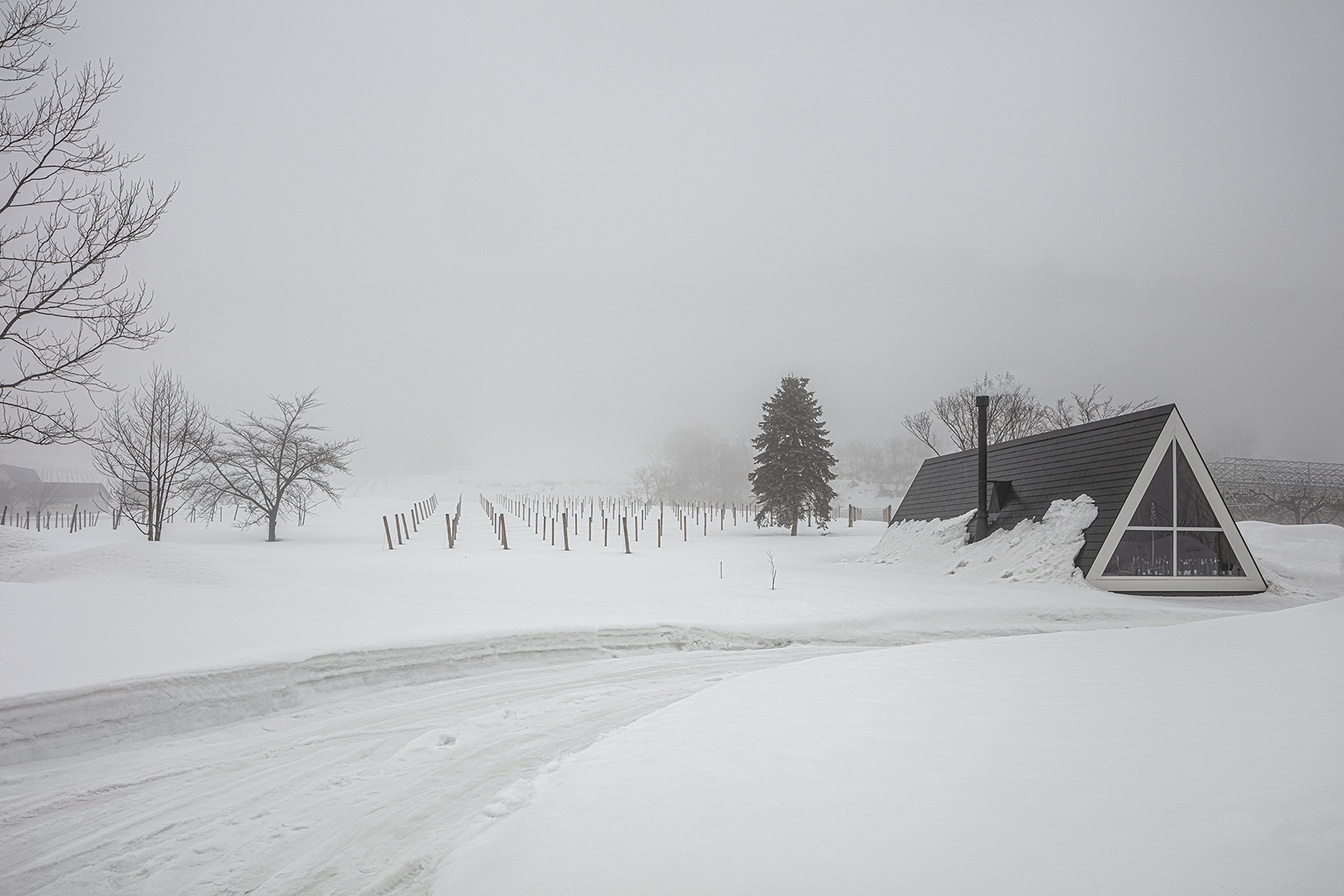
If we were to take timber to Earth’s Moon or even Mars, we’re probably going to have to be pretty frugal with its use. Niki-H by Seisho Takashi is an excellent example of exemplary woodworking on a microarchitecture level that shows how the potentially luxury commodity could be adopted for structure building economically.
The petite yet robust structure was designed for wine-making settlers in the notoriously wintery Hokkaido. The recessed building sits below the 23 inch (60 centimeter) freezing depth of the ground. At the same time, the 60-degree pitch of the roof helps the minimal home withstand any heavy snowfall. An open-plan interior bookended by two huge windows allows the cozy space to be filled with light and, most importantly, warmth when the sun shines.
Desert House
By AyEh, Qeshm Island, Iran
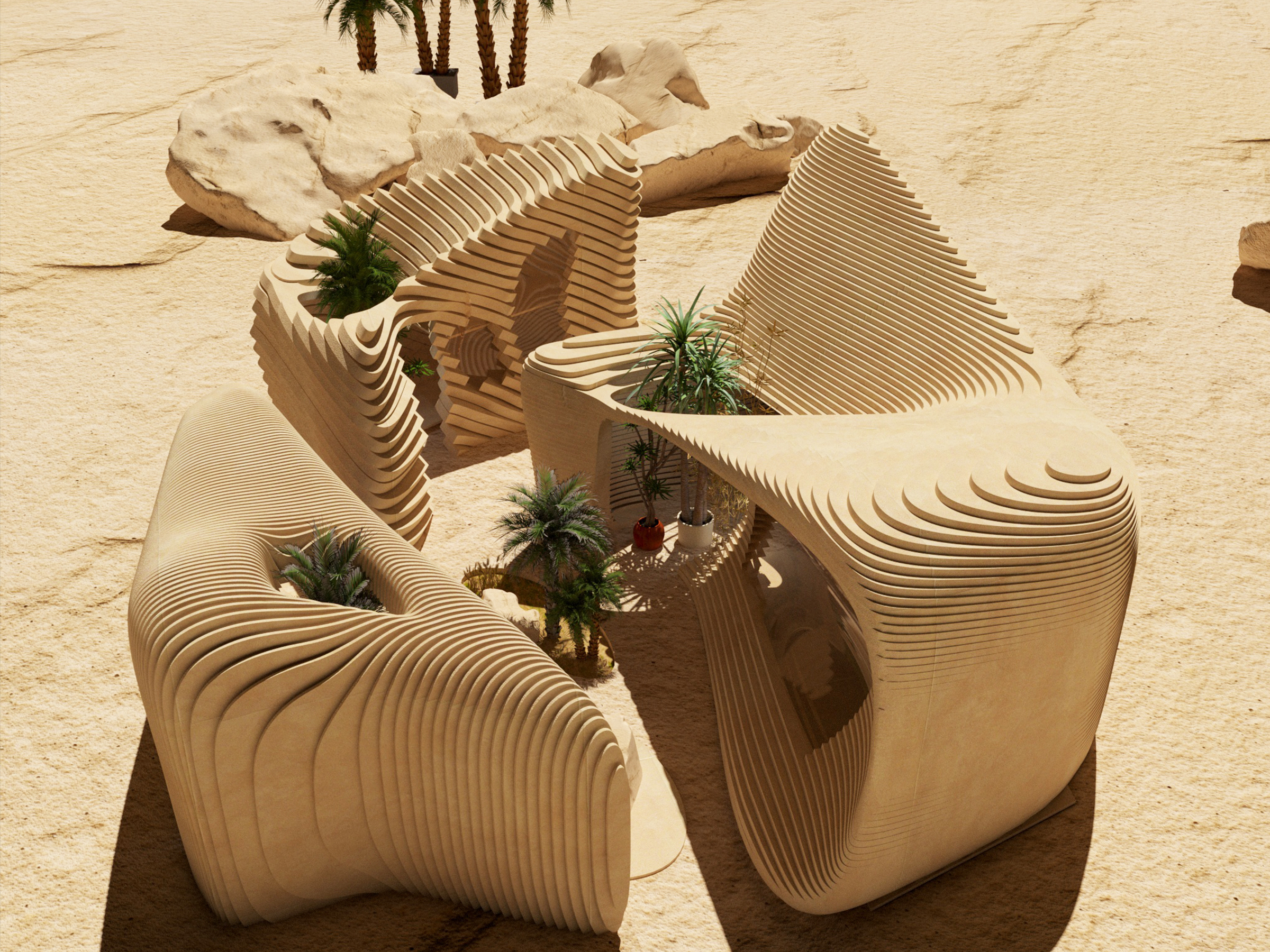
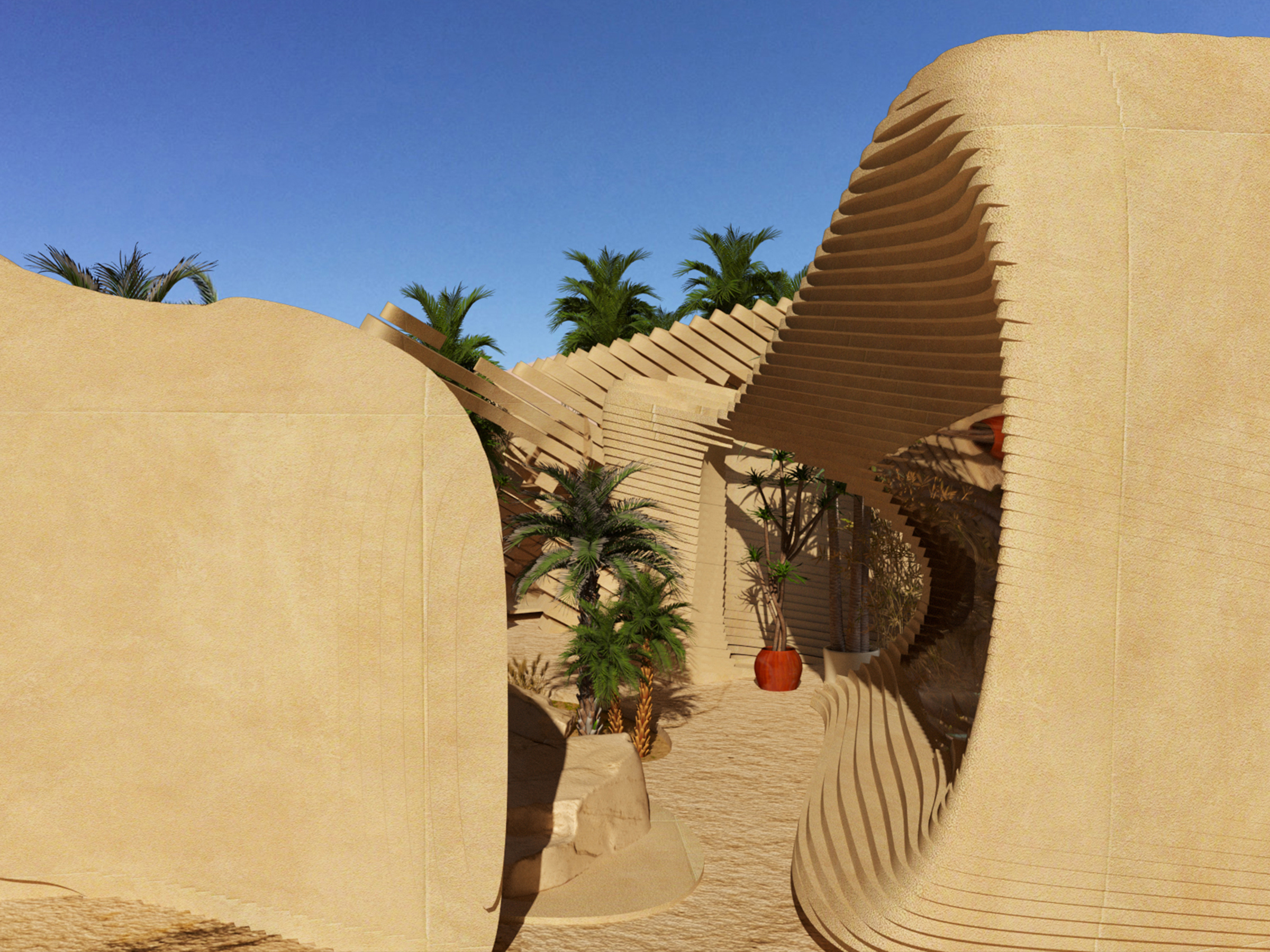
Desert House by AyEh, Qeshm Island, Iran Images by AyEh
So let’s say we’ve sorted out the whole “doesn’t have an atmosphere problem” on Mars, or maybe we’ve found our very own Arrakis (minus the giant killer worms)— the unusually formed Desert House by AyEh looks to be the perfect home for such a warm, dry climate.
Located on Qeshm Island, the series of buildings concentrate on providing thermally comfortable indoor and outdoor environments adopting many traditional thermal strategies to work harmoniously with the landscape and location, not against it. Each of the three buildings contains individual features of the dwelling but is arranged according to wind circulation, sun direction and cross ventilation. These clever decisions create areas indoor and out which can be enjoyed at all times while continuing to support the abundant plant life proposed for the property.
Sedona Moongate
By SWABACK pllc, Sedona, AZ, United States
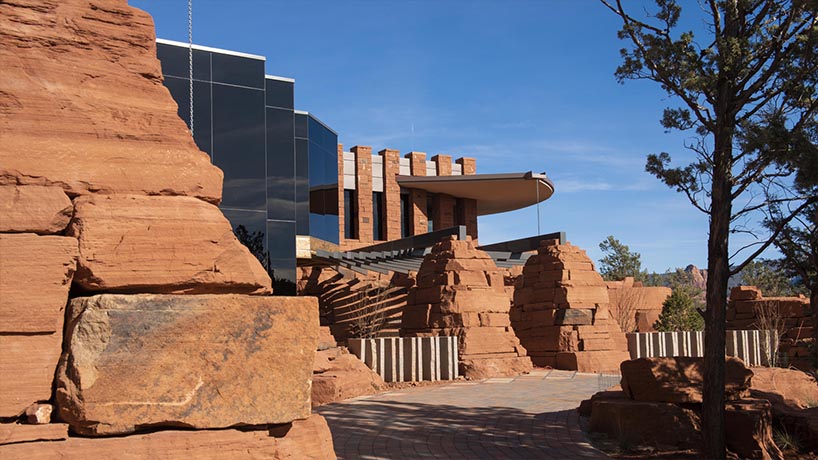
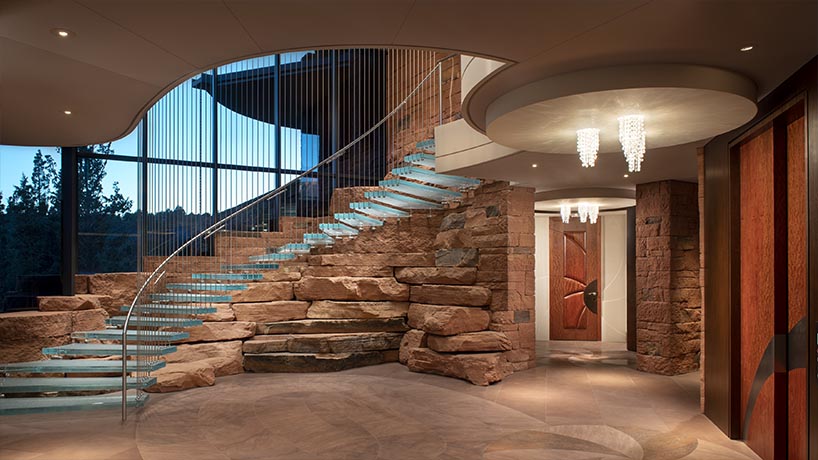
Sedona Moongate by SWABACK pllc, Sedona, AZ, United States Photographs by Dino Tonn
Unfortunately, just because we made it out to the stars, it’s doubtful that we would abandon capitalism altogether, and the aptly named Sedona Moongate gives us a glimpse of what a Mars mansion for the exceptionally wealthy space dweller might look like.
Actually located firmly on Earth in Arizona, Moongate residence seemingly rises out of the red rocks. The house—two half circle wings joined by a rectangular glass box entryway and gallery—includes sweeping and graceful roof overhangs, canted just so to shade windows and balconies during the summer while allowing winter sun to saturate the interior. At the entryway, the massive stacked sandstone base—invisibly mortared—gives the effect that the structure was built into an escarpment. Extensive oversized, cascading stonework and cabinetry enrich the interior, but the foyer’s glass staircase, suspended by steel rods, is the home’s pièce de résistance.
The Almanac
By Sweco Architects, Denmark
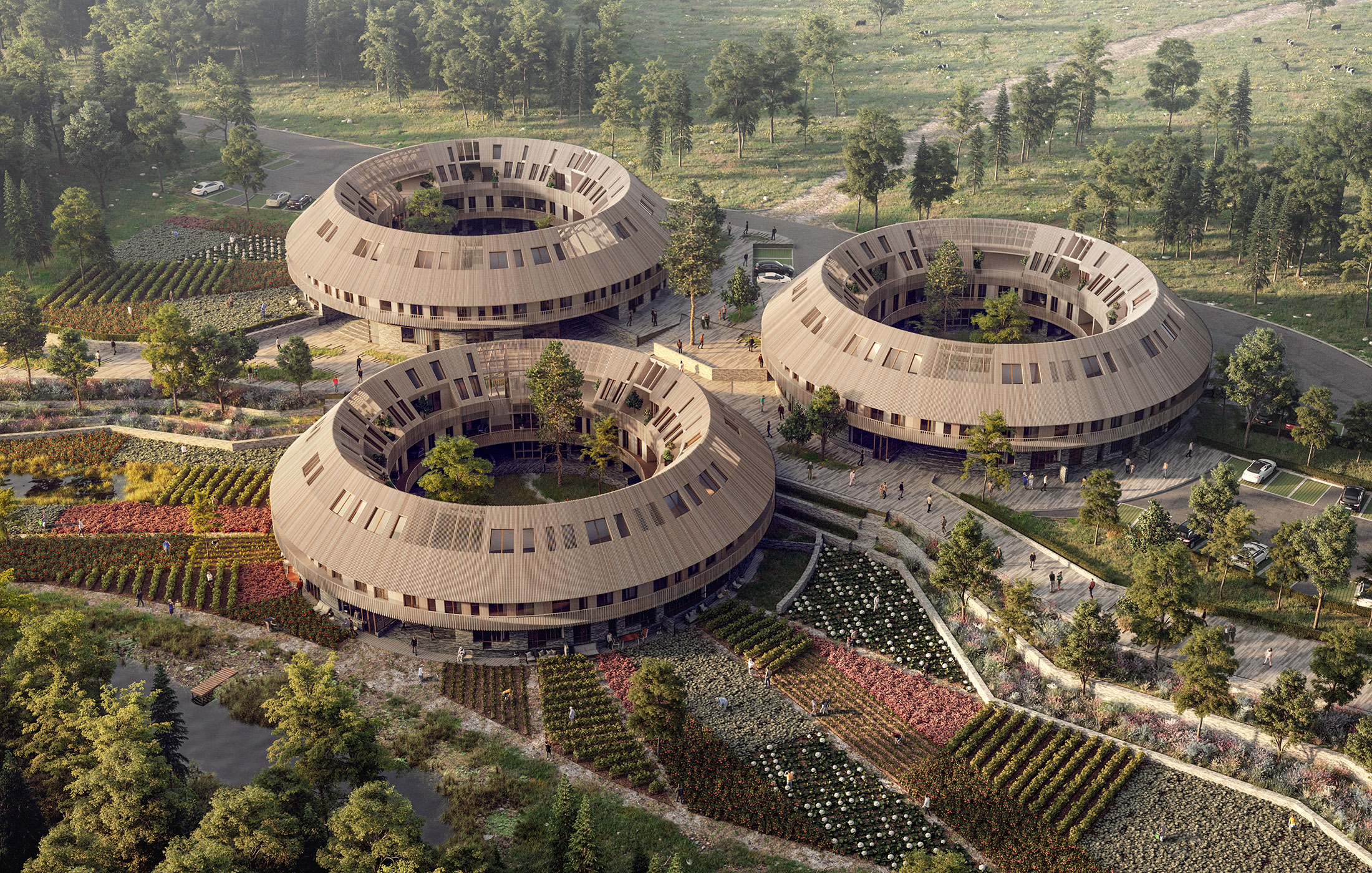
Lastly, what would space colonization be without community and a healthy sense of togetherness? My guess: Pretty short-lived and unsuccessful. That’s why the Almanac concept by Danish Architects Sweco might be the answer to our interplanetary future dreams.
By adopting community as the focal point for the housing of the future, the architects drew inspiration from the traditional location-based calendar – an almanac. In the project, housing communities are arranged in housing clusters around a common courtyard. The housing clusters are then bound together by larger surrounding urban landscape spaces, where communities of varying sizes utilize the surrounding landscape and connect themselves with the surrounding housing clusters.
Speaking on the unusual design architects and innovation manager at Sweco Architects, Karl-Martin Buch Frederiksen said, “Communities are often at their best if they are tangible and manageable. If they become too large, we easily lose the sense of togetherness and responsibility that is the prerequisite for us to share a universe. In addition, it is our experience that the community thrives best when it is not something that is expected of others, but instead stands as an enticing daily alternative. It is the awareness that has been our starting point in the work on the project.”
Browse the Architizer Jobs Board and apply for architecture and design positions at some of the world’s best firms. Click here to sign up for our Jobs Newsletter.
